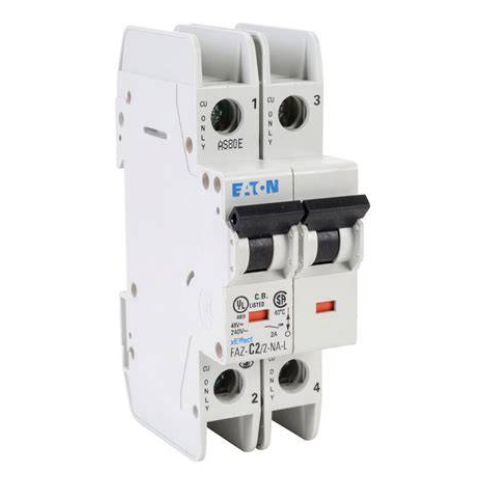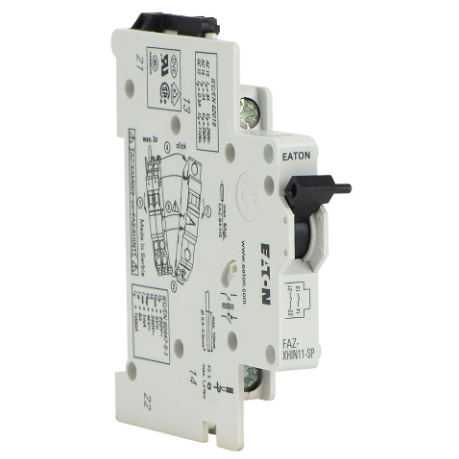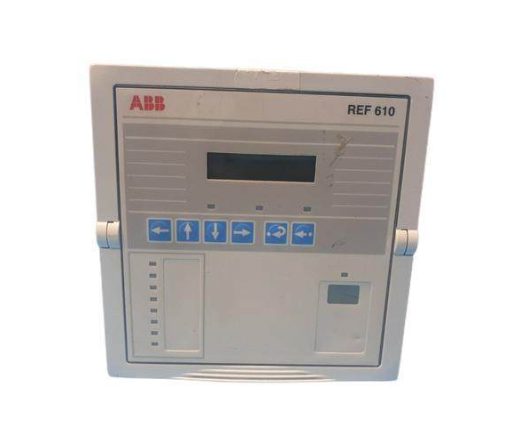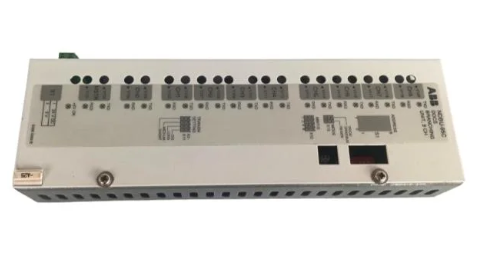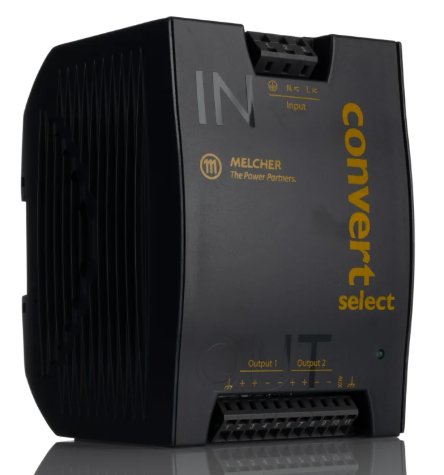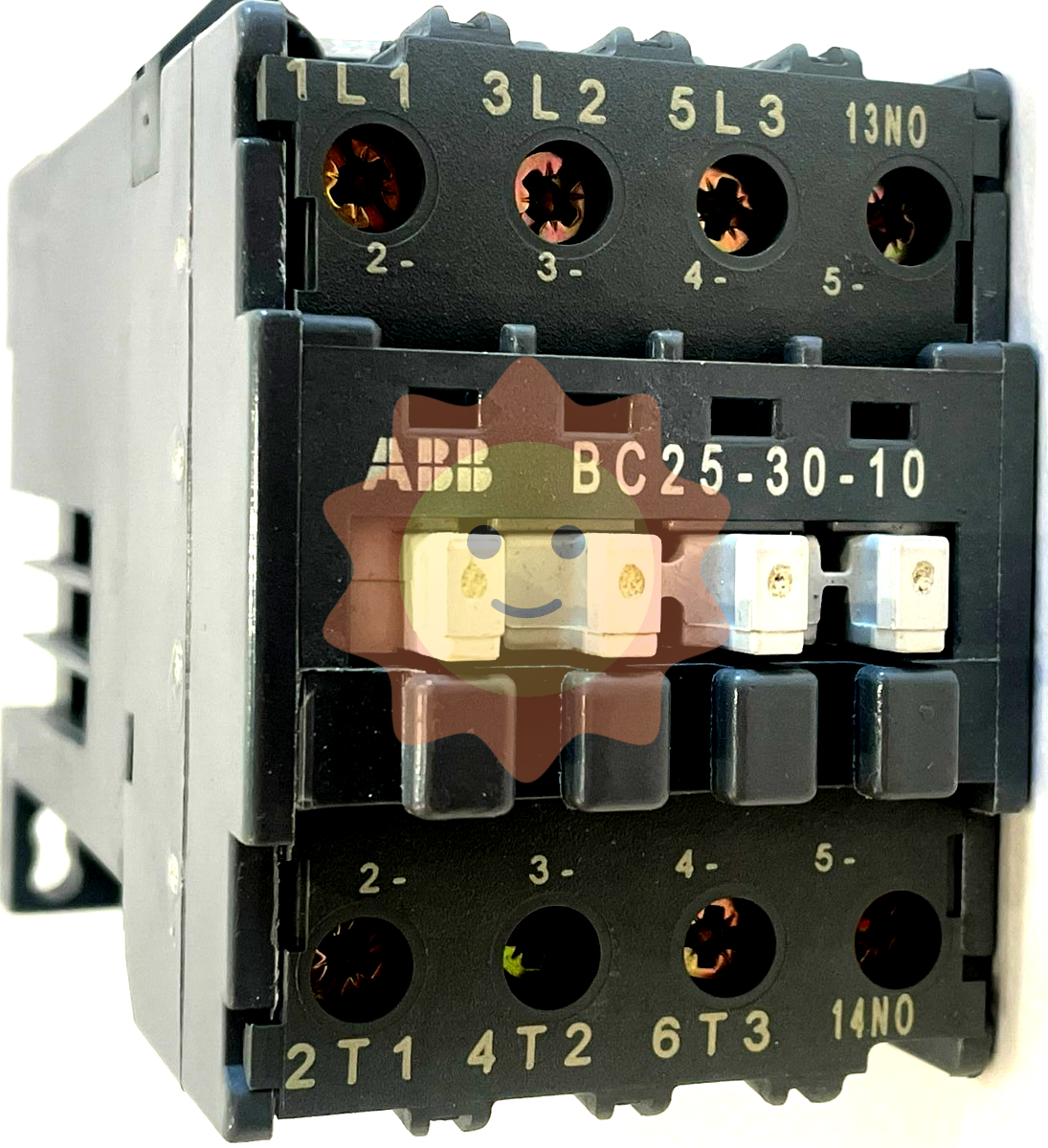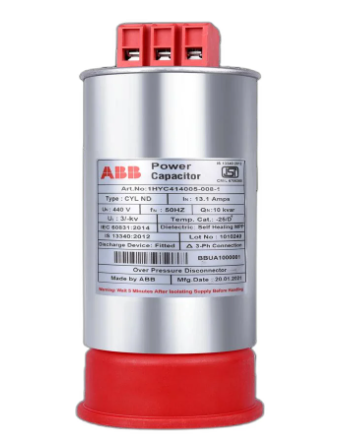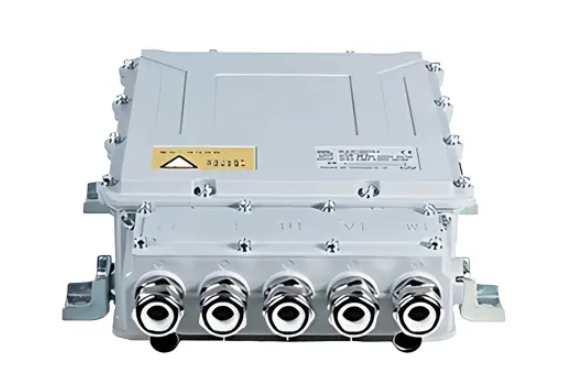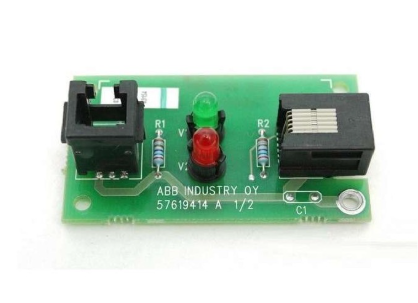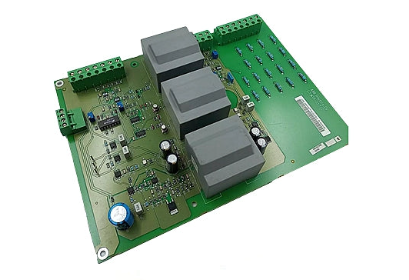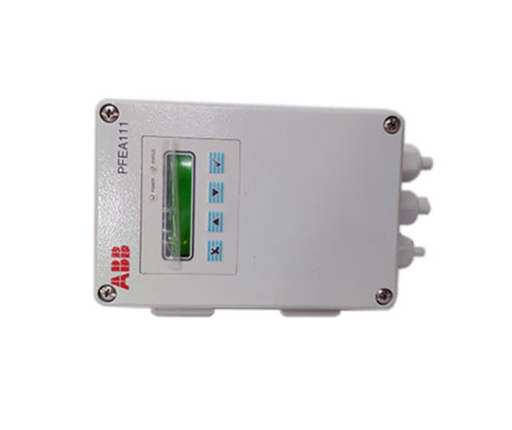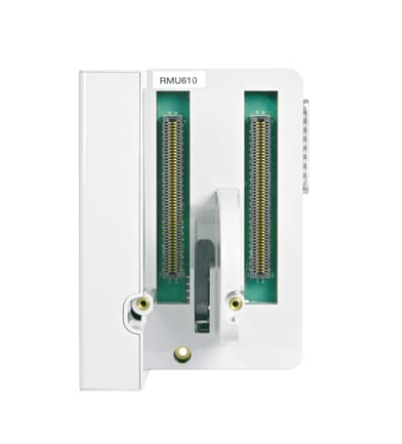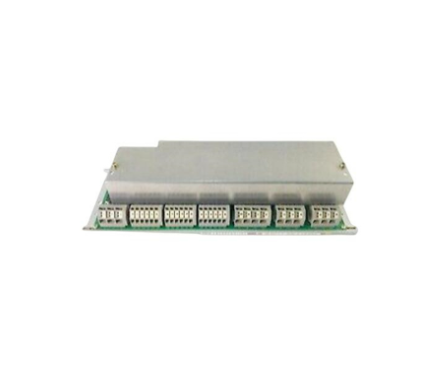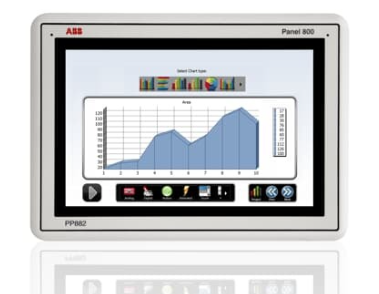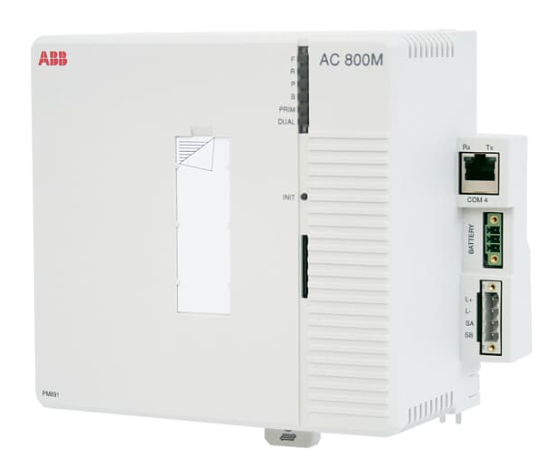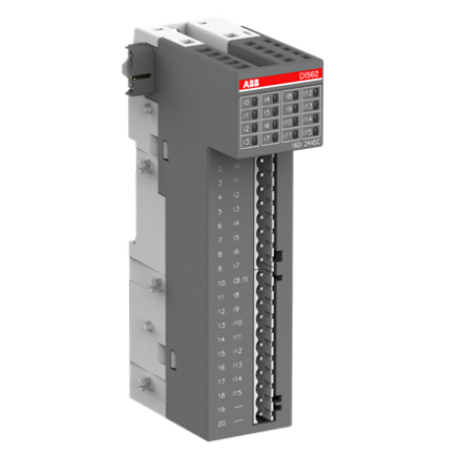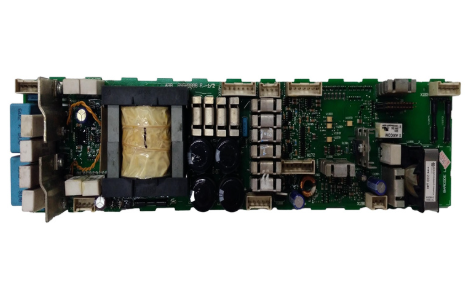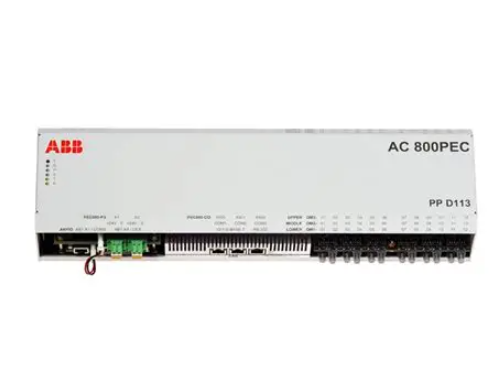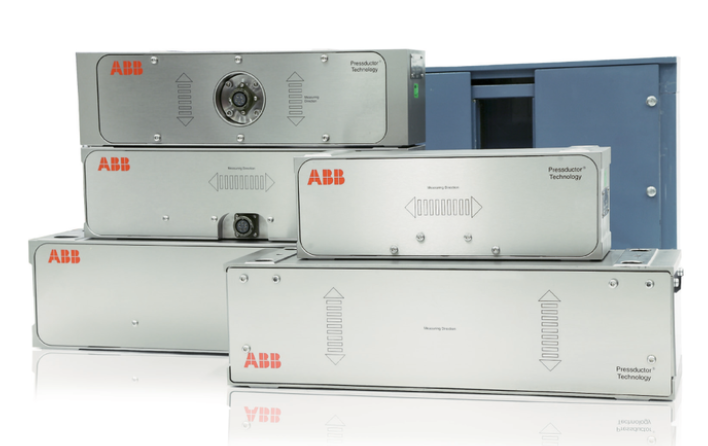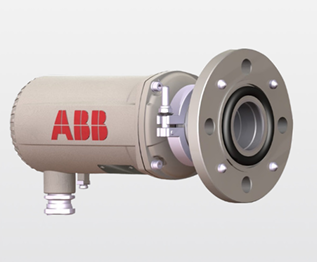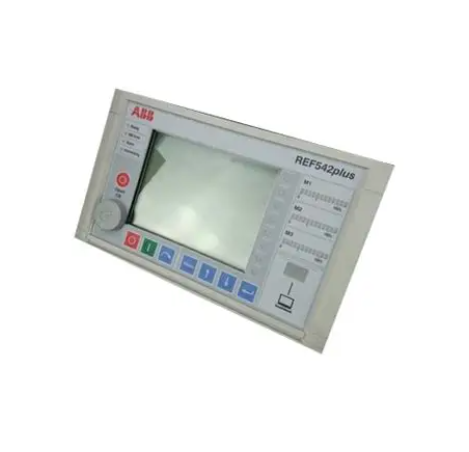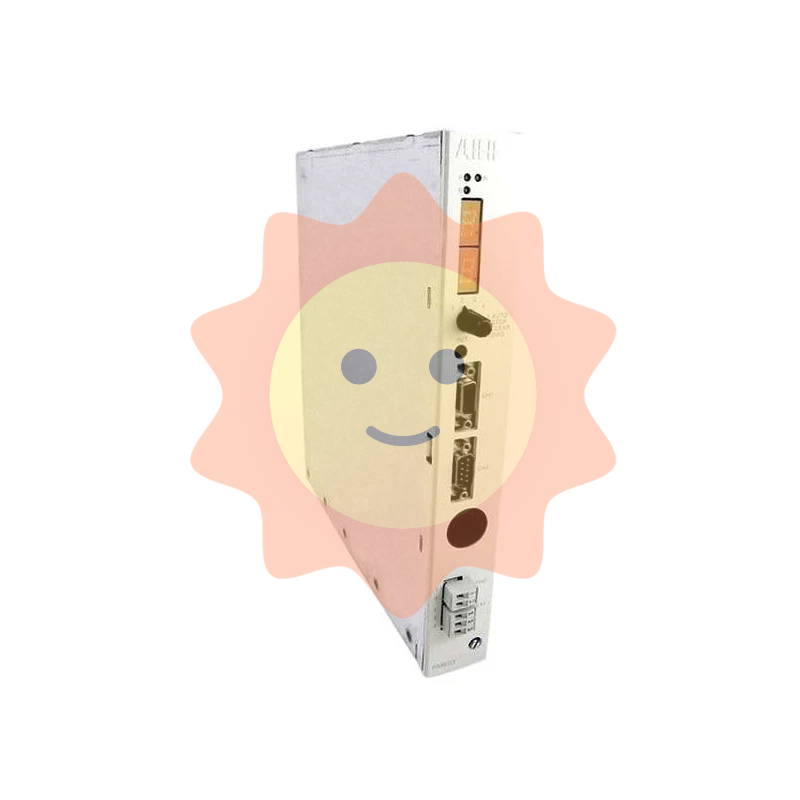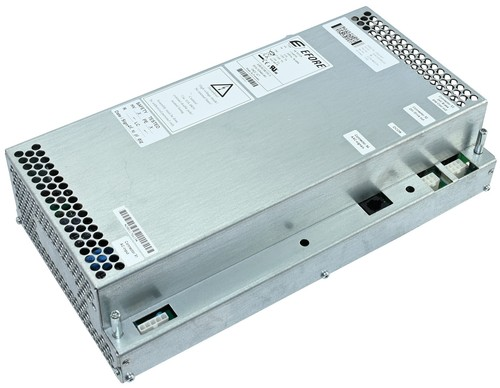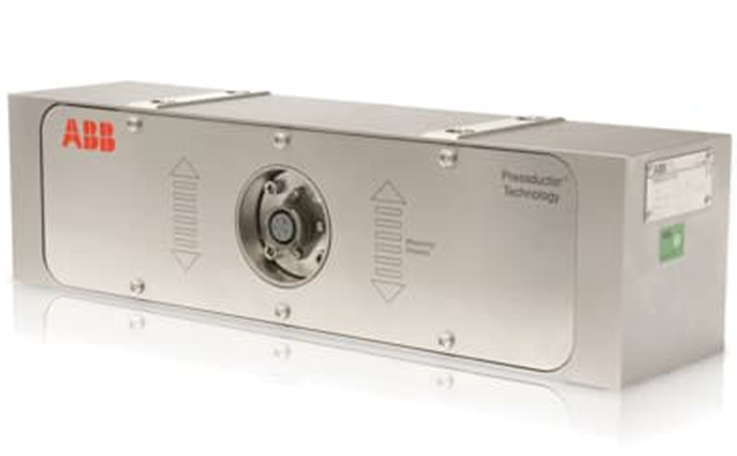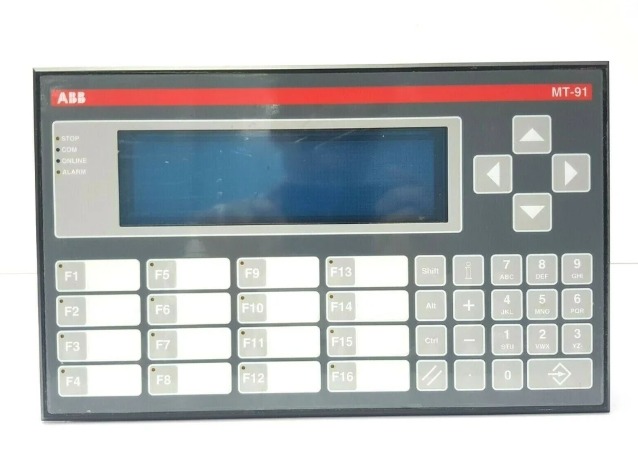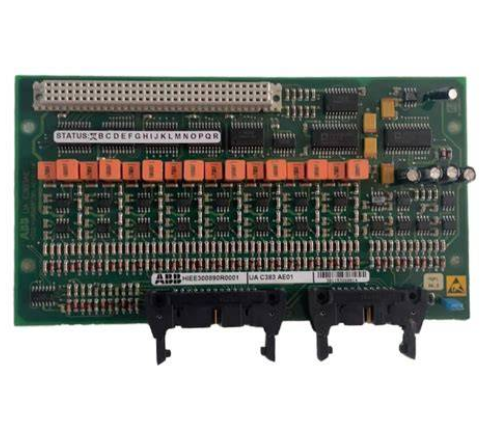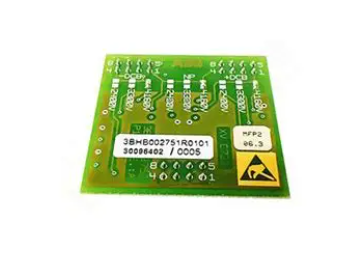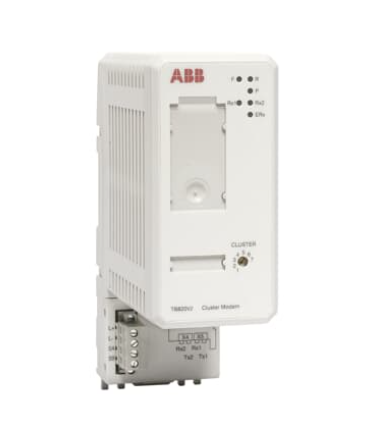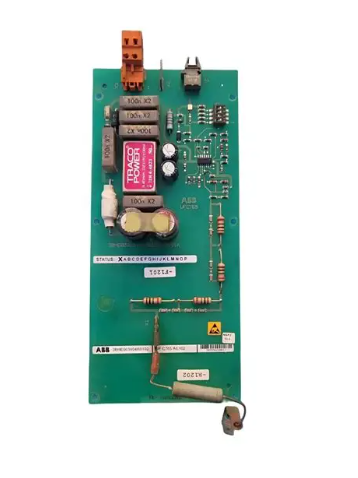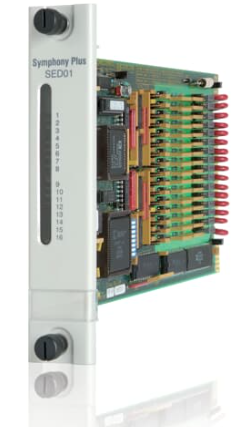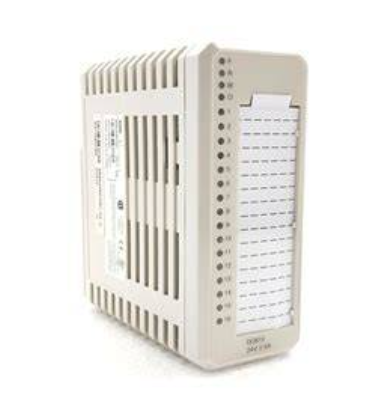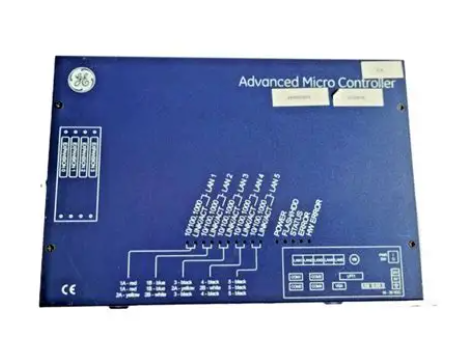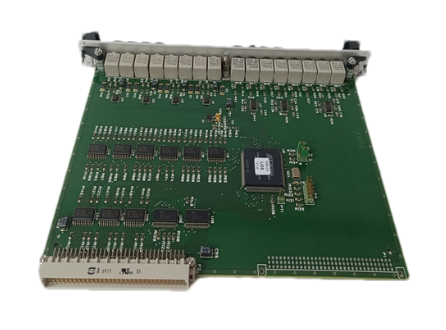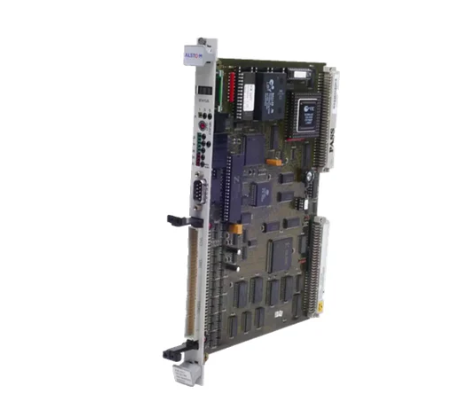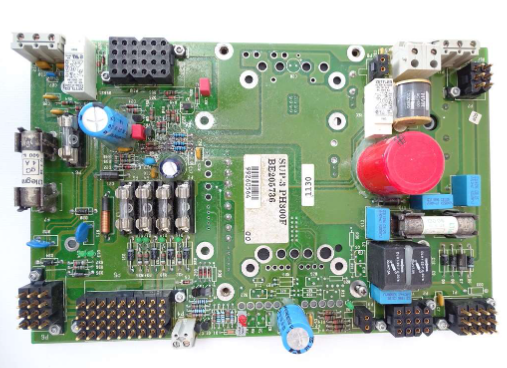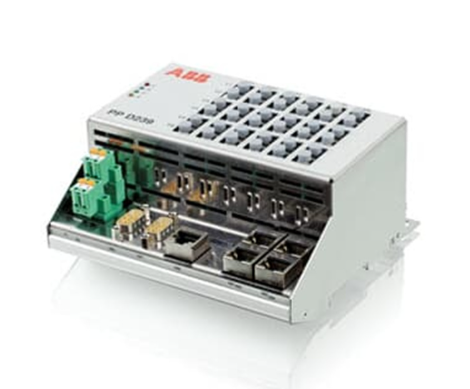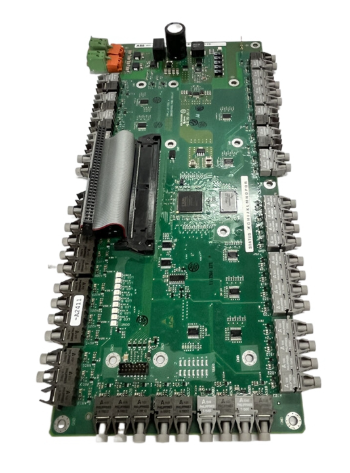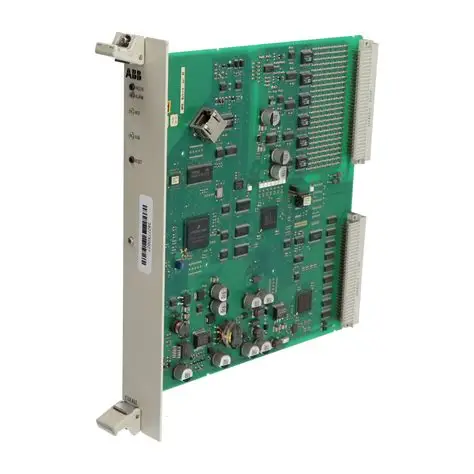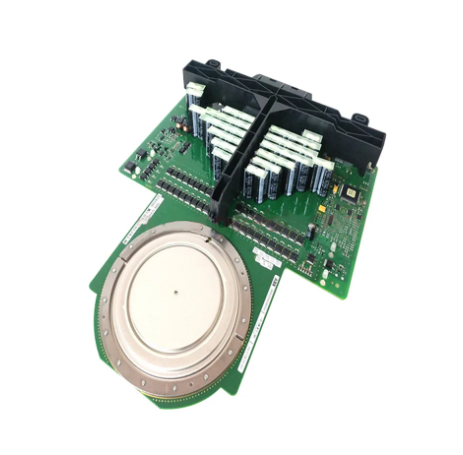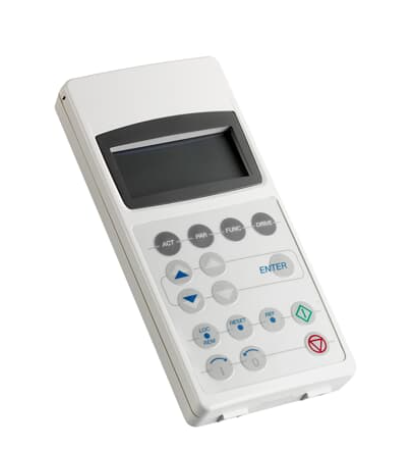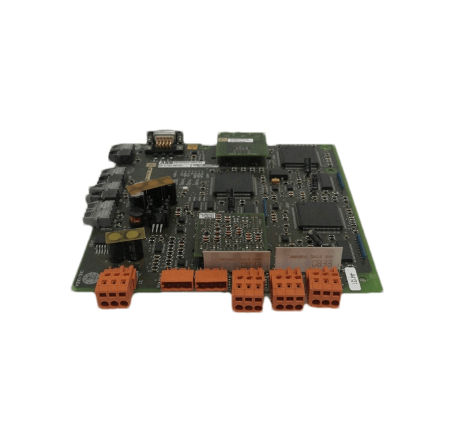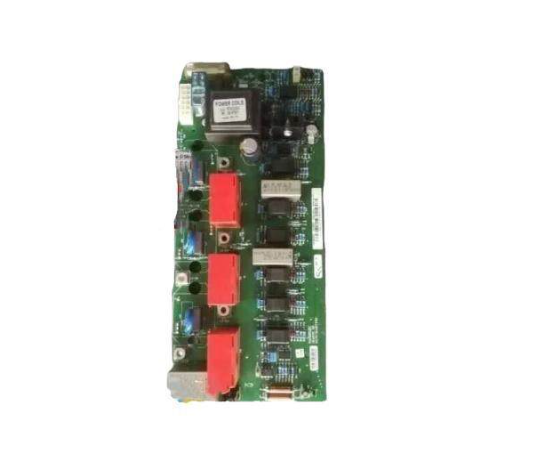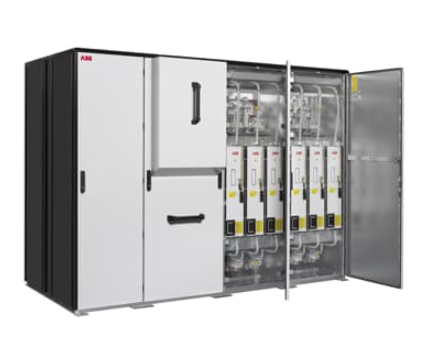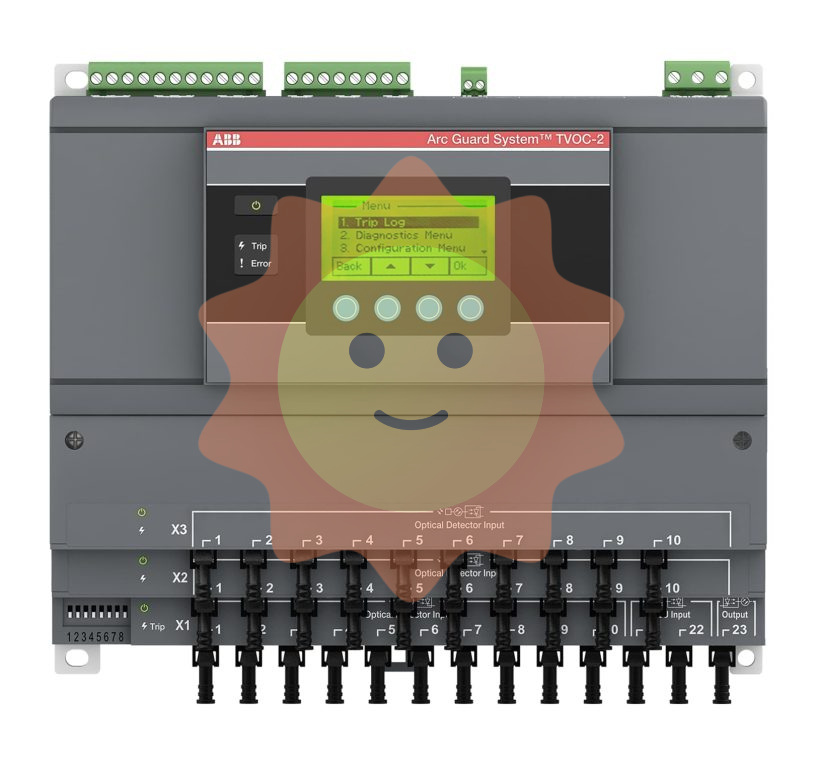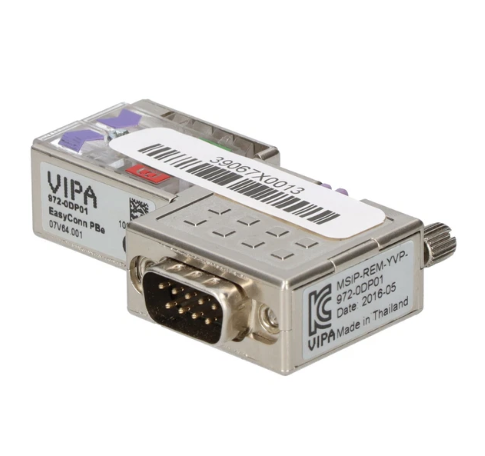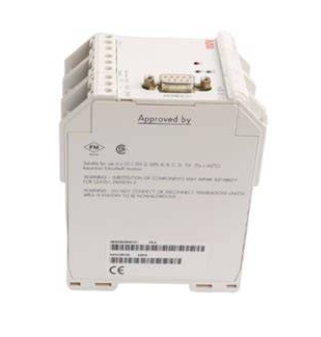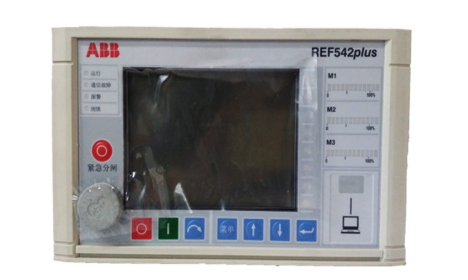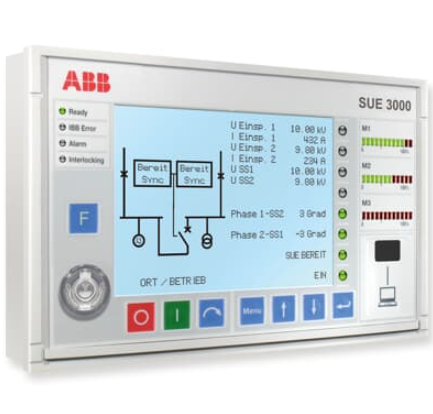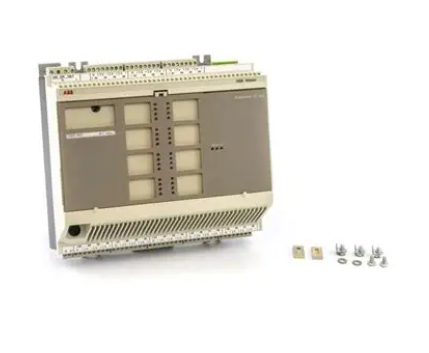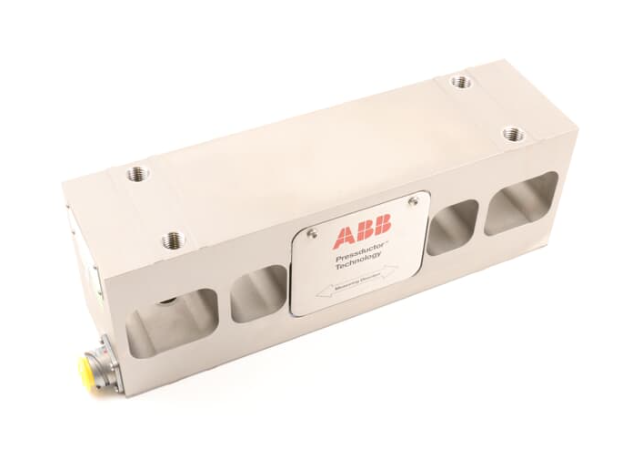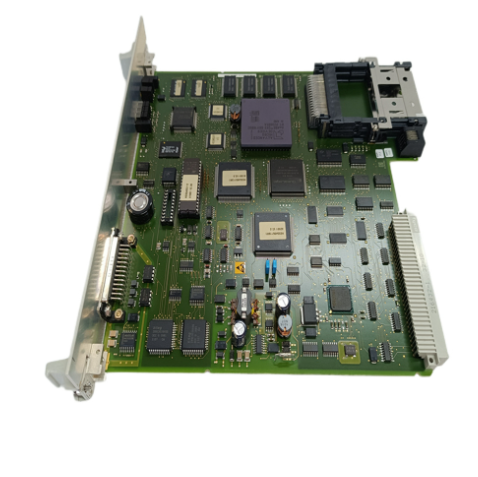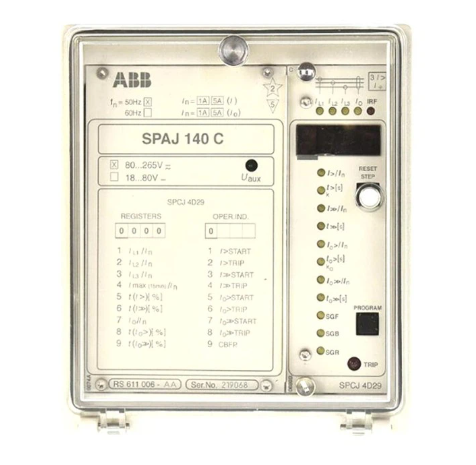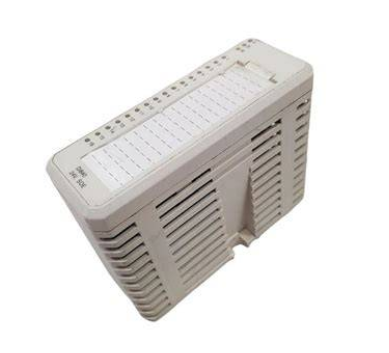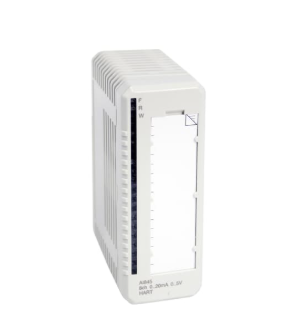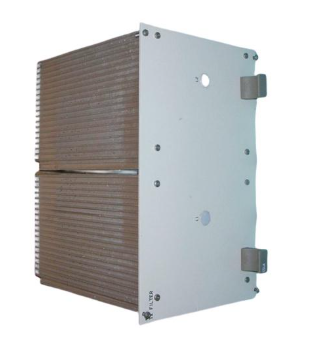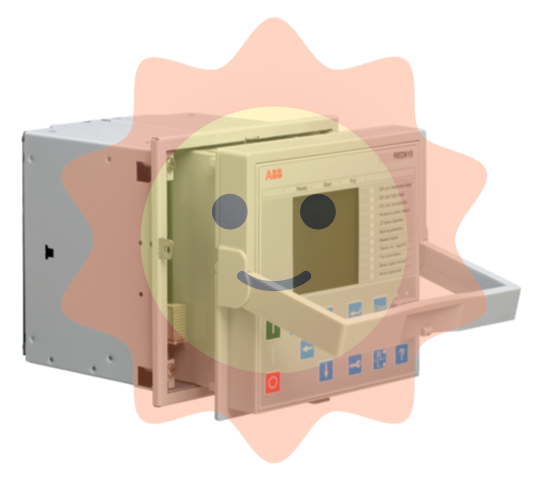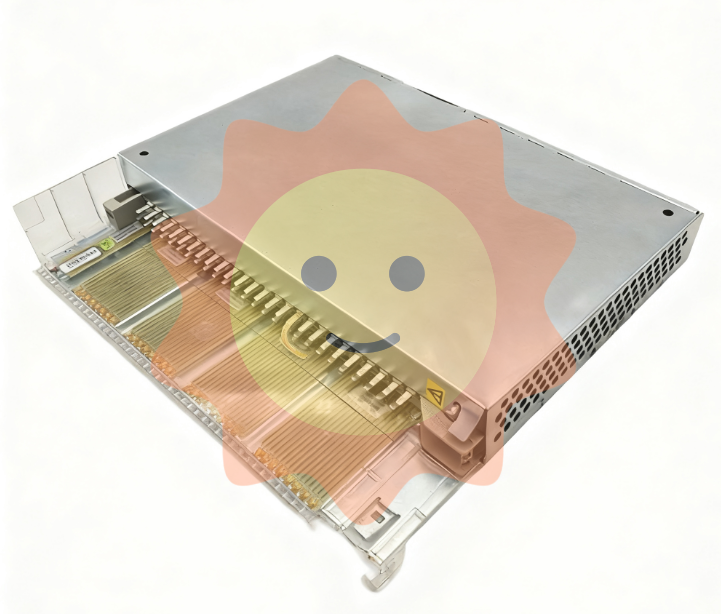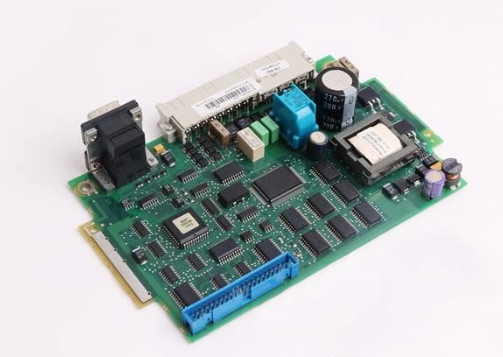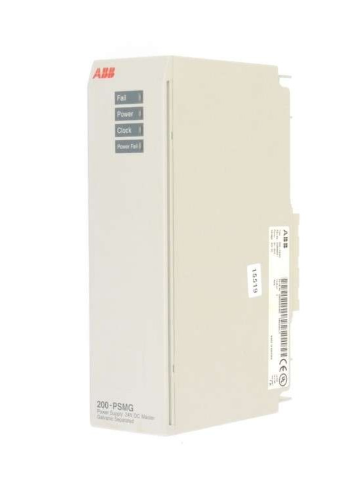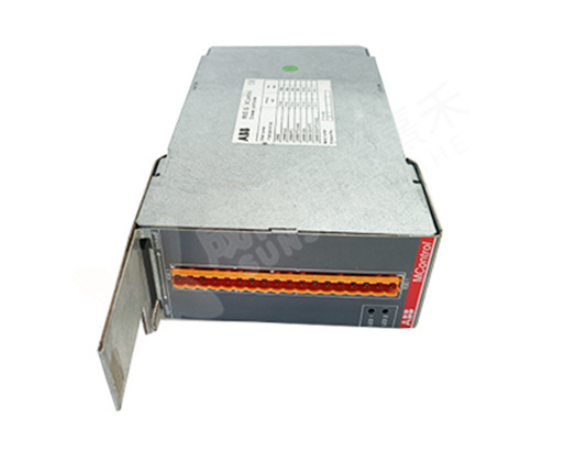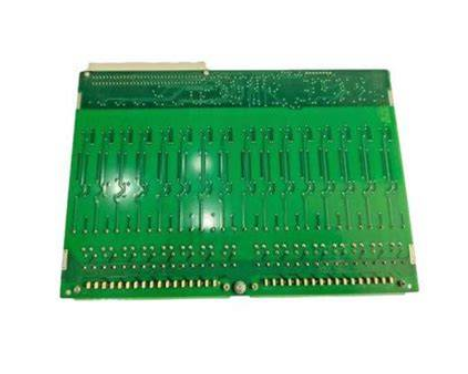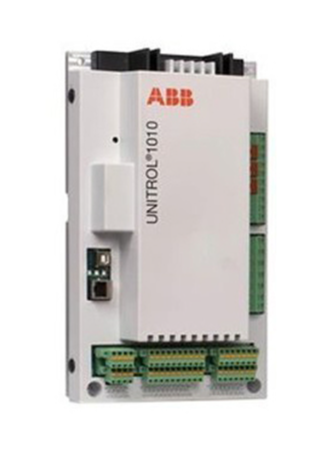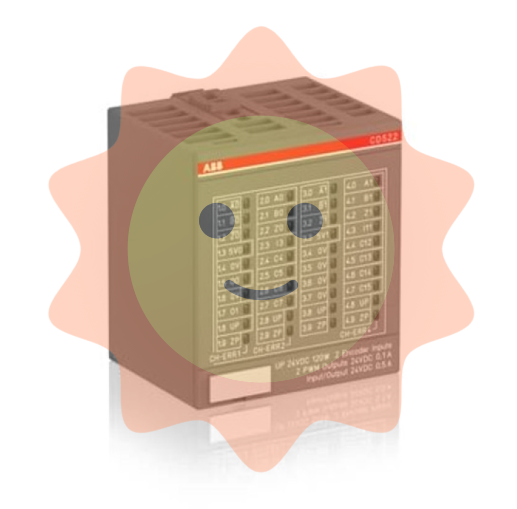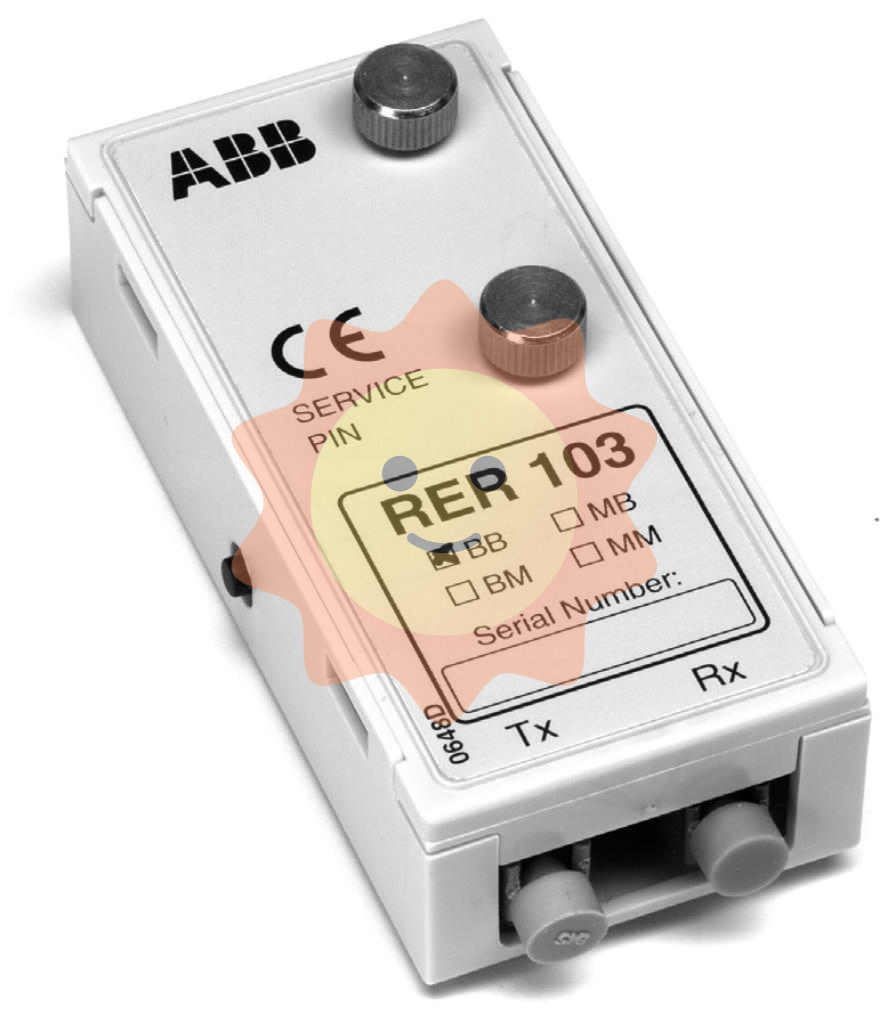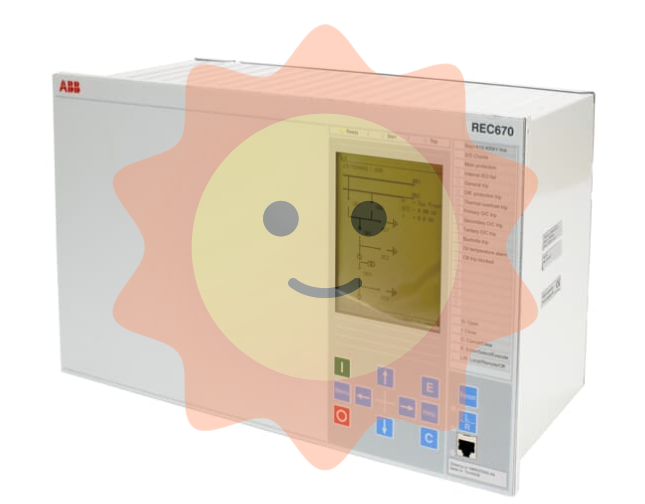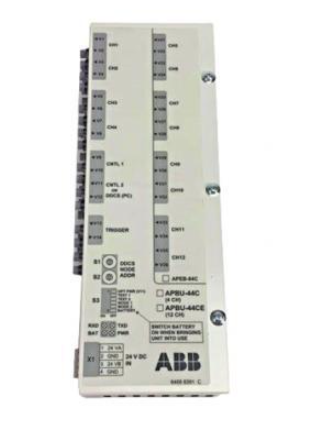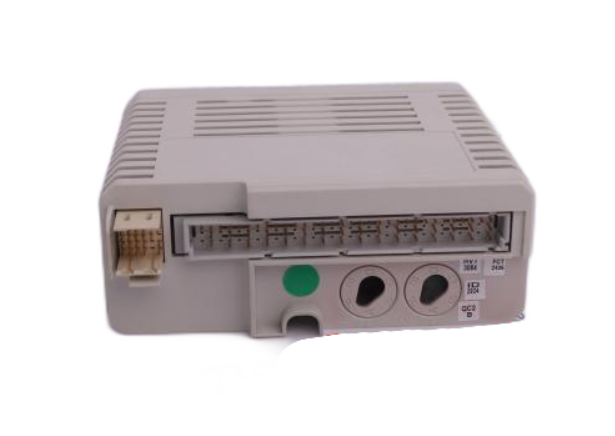GE ALSTOM:SPU.232.2.029.366.817
GE ALSTOM:SPU.232.2.029.366.817
Brand Background
ALSTOM is a French multinational company with deep roots in the world's rail and energy sectors. Its history dates back to 1928, when the electrical engineering division of Société Alsacienne de Constructions Mécaniques (ALS) merged with Compagnie Française Thomson - Houston (THOM), originally named ALSTHOM. The merger of the electrical engineering divisions of ALS and Compagnie Française Thomson - Houston (THOM), initially named ALSTHOM, was followed by a series of major acquisitions, including the purchase of Constructions Électriques de France in 1932, the incorporation of Chantiers de l'Atlantique in 1976, and the creation of a new company, ALS, which was to be called ALSTHOM. Atlantique in 1976 and part of ACEC in the late 1980s.
In the energy sector, ALSTOM Power Systems, a subsidiary of ALSTOM, specialises in the design, manufacture, service and supply of products and systems for the power generation sector and the industrial market, covering a wide range of energy sources such as gas, coal, nuclear, hydroelectric and wind power. In Russia, ALSTOM has entered into a joint agreement with Atom Energomash for the supply of nuclear equipment and the transfer of technology for floating nuclear power plant projects; in Brazil, it has entered into a joint venture with Bardella to create Indústria Metalúrgica e Mecânica da Amazônia, which is dedicated to building hydroelectric power plants in the Amazon and Latin America; in India, it has entered into a joint venture with Bardella for the construction of hydroelectric power plants in the Amazon and Latin America. In India, a joint venture with Bharat Forge to manage the entire process of electricity production On 7 June 2010, ALSTOM acquired Areva SA's transmission business to create ALSTOM Grid, a business unit focused on power transmission, headquartered in La Défense, a business district in the west of Paris, which includes products for power transmission systems, The ALSTOM Grid business unit, headquartered in La Défense, in the business district of Paris Ouest, covers transmission system products, power electronics, automation and services, with a global market share of around 10%.
Performance features
As a reference, some of ALSTOM's relevant board module products have significant performance characteristics. For example, ALSTOM's ADU 232 is a high-performance analogue-to-digital (A/D) converter with 16 input channels, operating over a voltage range of ±10V, which ensures accurate and reliable data conversion in a wide range of industrial and automation applications, and seamless integration with processing units. High accuracy provides accurate analogue-to-digital conversions for mission-critical applications; multiple input channels meet complex system requirements; a wide voltage range enables processing of a wide range of signals; and an integrated processor further enhances performance and system integration with industry-standard, reliable operation.
Scale Parameters
From the available data, the model number SPU.232.2.029.366.817 has an estimated shipping size of 1.0‘ x 10.5’ x 7.5’ (2.5cm x 26.7cm x 19.1cm) and a weight of 0 lbs 13.1 oz (0.4kg). However, there is little publicly available information on other key performance parameters such as power, processing speed, and data transfer rate. However, combined with ALSTOM's technical strength in related fields, it is assumed that in practical application scenarios, it should be able to meet the high performance and stability requirements of industrial control, data processing and other aspects. For example, in some power control scenarios, the relevant module may need to have high-speed data processing capabilities to quickly respond to various types of signal changes in the power system; in industrial automation production lines, it may be necessary to ensure a stable signal transmission rate to ensure accurate control of the production process.
Model Supplement
The model number of this product is SPU.232, which is known as SPU 232 Single Processor Unit. A replacement part number SPU 232.2 - 5 exists. From the point of view of the model system, similar products may differ in terms of functional focus, interface type, application scenarios, etc. For example, some products of the same series may be designed for different applications. For example, some products of the same series may be designed for different voltage levels or current capacities to adapt to diversified industrial power supply environments; some products may have different communication interfaces, such as Ethernet interfaces, RS-485 interfaces, etc., to facilitate data interaction with different types of equipment; and some products may have different protection levels to meet the requirements of harsh environments (e.g. high humidity, dusty, etc.). Some products may have different protection levels to meet the need for stable operation in harsh environments (e.g. high humidity, dust, etc.).
General Precautions
Installation and Operating Instructions: When installing a 1756 series module, ensure that it is installed in a suitable system enclosure that prevents personnel from accessing energised parts and requires tools to gain access to the interior. For 1757 - PLX52 controllers, plugging and unplugging (RIUP) under power is not permitted. In redundant controller systems, avoid switching problems caused by improper handling, e.g. avoid switching operations when I/O is configured but not actually connected. Different series of modules have requirements on the temperature, humidity, and altitude of the installation environment. For example, the 1756 series modules usually require operation at an operating temperature of 0 - 60°C, a non-condensing relative humidity of 5 - 95%, and an altitude of less than 2000 metres above sea level, and exceeding the range may affect performance or cause damage.
Maintenance and Troubleshooting: Periodically check the system, including hardware connections, software configuration, etc., to identify and address potential problems. For 1756 - CNB/D and - CNBR/D modules, diagnostic information, such as CPU utilisation, network keeper status, number of connections, etc., can be obtained from the four-character display on the front panel for timely maintenance. In the event of a fault, such as loss of communication between the 1757 - PLX52 and the CPM, the faulty host controller can be recovered by restarting it through a power cycle, but avoiding the operation that triggered the fault.
Compatibility and version management: Confirm the compatibility of the module with other devices in the system before use, e.g., the communication compatibility of the 1757 - PLX52 with different series of I/O modules. Pay attention to the management of software version, such as RSLinx, RSLogix 5000 and other software versions need to meet the requirements to ensure that the hardware module with the normal cooperation. Different versions of modules may have functional differences and limitations, such as Logix5555 controller under different versions of functional changes and limitations, users need to understand and follow the corresponding regulations.
Performance features
Communication capability: support for a variety of communication protocols and network topologies, 1756 series modules can communicate through ControlNet, Ethernet and other networks, 1757 - PLX52 controller can exchange data with multiple devices. With high communication rate and data processing capability, 1757 - PLX52 controller has corresponding parameter access response rate under different configurations, which can meet the real-time control requirements. Some modules support redundant communication to improve system reliability, such as 1756 - CNB module in the redundant configuration of the communication guarantee.
Configuration Flexibility: Providing rich configuration options, users can set the parameters of the module according to the actual needs, and the input/output characteristics of 1756 series I/O modules can be configured through software. It supports a variety of configuration methods, such as configuration through programming software, configuration tools or specific commands, which is convenient for users to make flexible settings according to different scenarios.
Network adaptability: It can adapt to different network environments and support various network media and speeds. 1756 series modules can use Ethernet, ControlNet and other network media, and some modules support different network speeds. With good network compatibility, it can be connected with a variety of devices and data interaction to achieve system integration and expansion.
Safety features: with a variety of safety certificates, such as UL, CSA, FM, CE and other certificates, in line with relevant safety standards, can be used in different hazardous environments. Some of the modules have electrical isolation function to prevent electrical interference and fault propagation and ensure stable operation of the system. In terms of software, access to the controller is restricted by setting security masks and other means to improve the security of the system.

- EMERSON
- Honeywell
- CTI
- Rolls-Royce
- General Electric
- Woodward
- Yaskawa
- xYCOM
- Motorola
- Siemens
- Rockwell
- ABB
- B&R
- HIMA
- Construction site
- electricity
- Automobile market
- PLC
- DCS
- Motor drivers
- VSD
- Implications
- cement
- CO2
- CEM
- methane
- Artificial intelligence
- Titanic
- Solar energy
- Hydrogen fuel cell
- Hydrogen and fuel cells
- Hydrogen and oxygen fuel cells
- tyre
- Chemical fiber
- dynamo
- corpuscle
- Pulp and paper
- printing
- fossil
- FANUC
- Food and beverage
- Life science
- Sewage treatment
- Personal care
- electricity
- boats
- infrastructure
- Automobile industry
- metallurgy
- Nuclear power generation
- Geothermal power generation
- Water and wastewater
- Infrastructure construction
- Mine hazard
- steel
- papermaking
- Natural gas industry
- Infrastructure construction
- Power and energy
- Rubber and plastic
- Renewable energy
- pharmacy
- mining
- Plastic industry
- Schneider
- Kongsberg
- NI
- Wind energy
- International petroleum
- International new energy network
- gas
- WATLOW
- ProSoft
- SEW
- wind
- ADVANCED
- Reliance
- YOKOGAWA
- TRICONEX
- FOXBORO
- METSO
- MAN
- Advantest
- ADVANCED
- ALSTOM
- Control Wave
- AB
- AMAT
- STUDER
- KONGSBERG
- MOTOROLA
- DANAHER MOTION
- Bently
- Galil
- EATON
- MOLEX
- Triconex
- DEIF
- B&W
- ZYGO
- Aerotech
- DANFOSS
- KOLLMORGEN
- Beijer
- Endress+Hauser
- MOOG
- KB
- Moxa
- Rexroth
- YAMAHA


Email:wang@kongjiangauto.com

